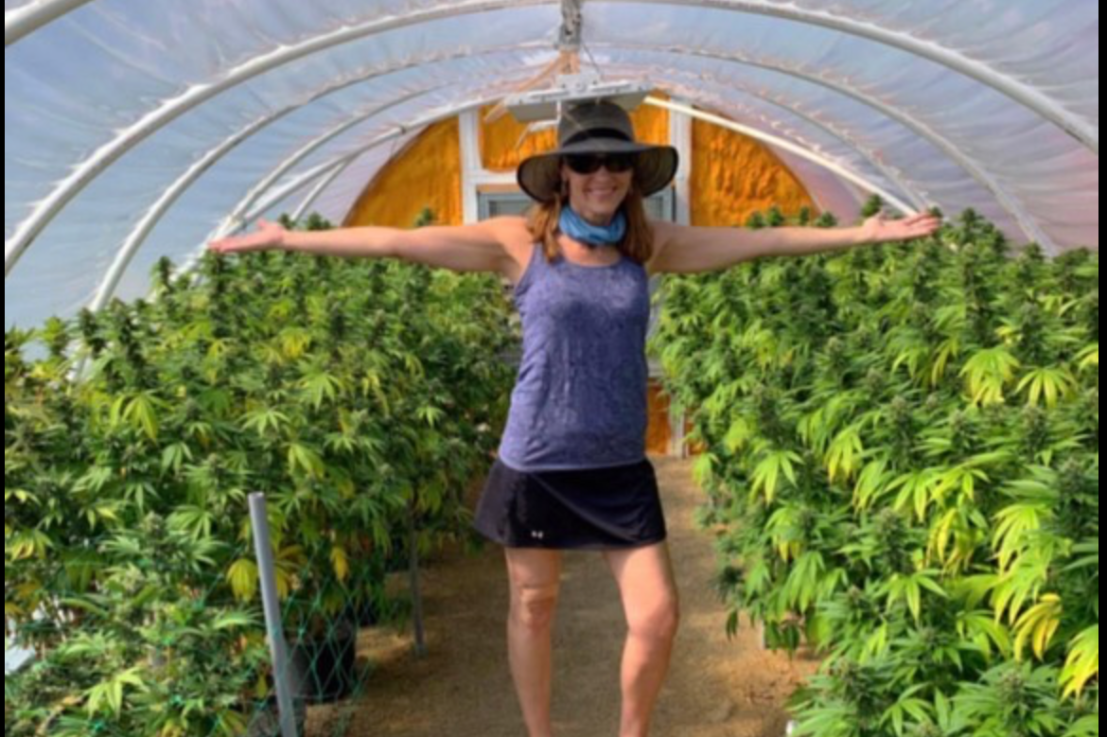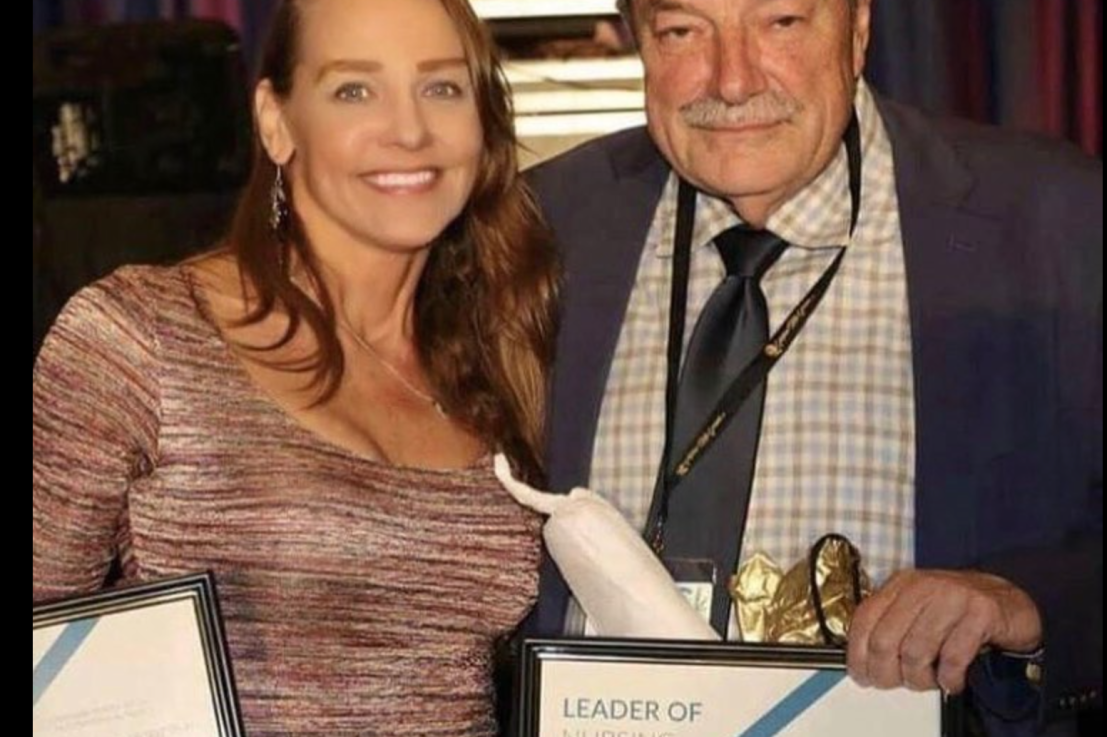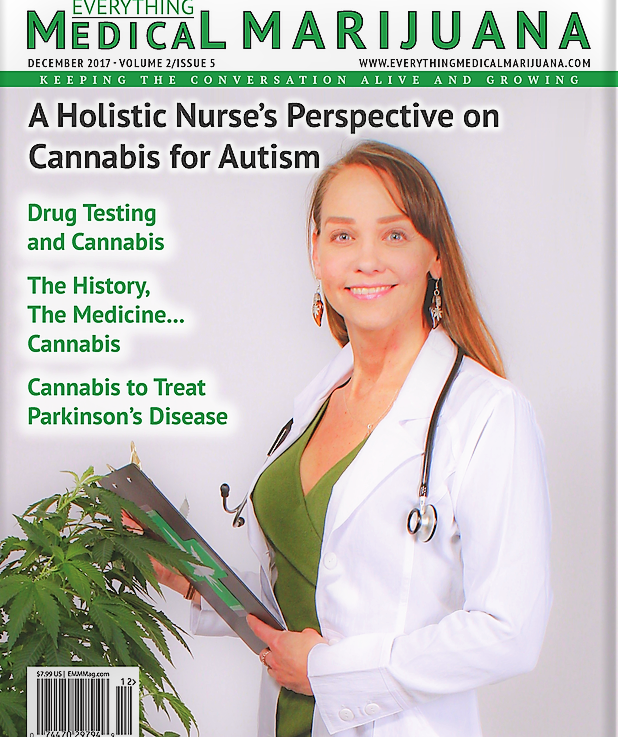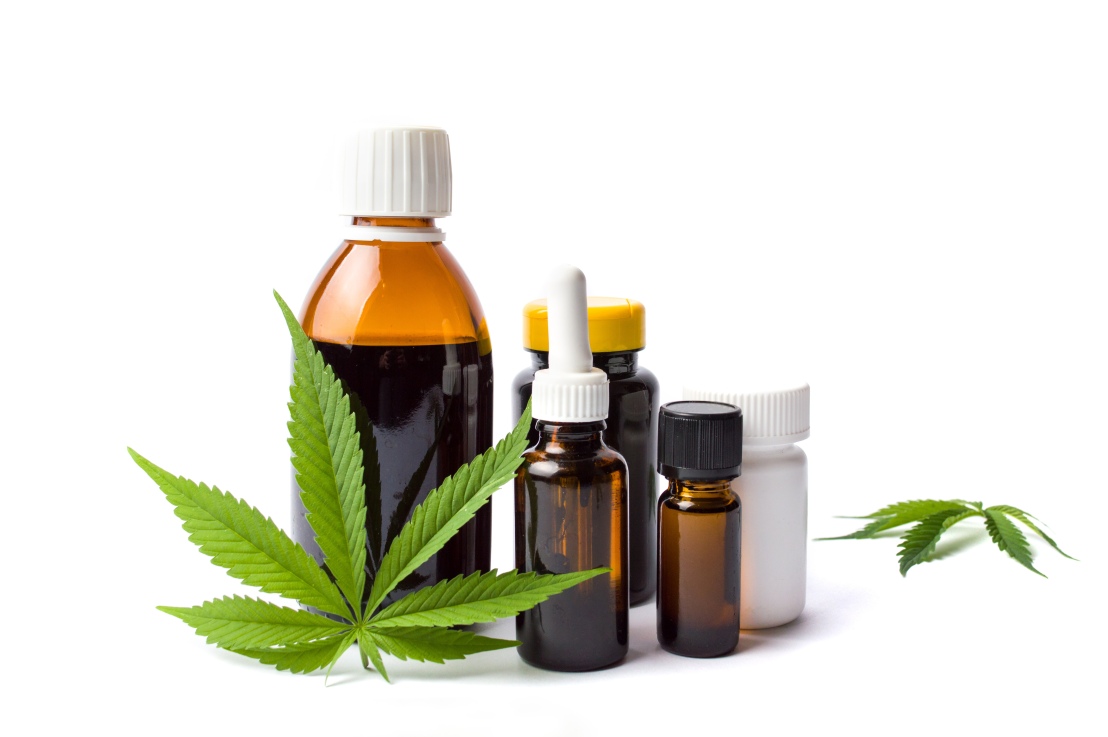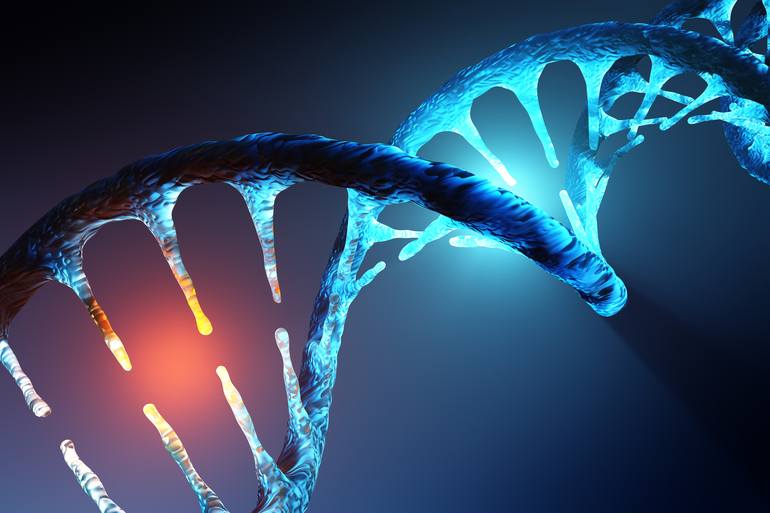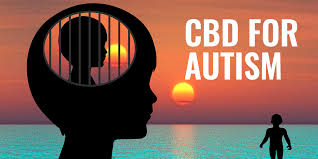By Janna Champagne, BCMH, DMCS, BSN, RN (Ret.)
Over the past decade, my primary focus has been assisting both consumers and medical practitioners in understanding the most effective application of medical cannabis to optimize health outcomes. Among the thousands of patients I’ve had the privilege to educate, a significant portion were individuals grappling with cancer. The outcomes many of them experienced were surprisingly positive, and it’s clear that cannabis is a powerful harm reduction tool for cancer.
Despite enduring stigma, cannabis stands as a solution for alleviating cancer symptoms. Moreover, case studies and research outcomes alike provide evidence that cannabis may also harbor anti-cancer properties. Notably, compared to conventional treatments like chemotherapy and radiation, a natural approach incorporating cannabis may offer comparable benefits, while sparing patients from mainstream cancer treatment’s life-threatening side effects. While this article isn’t intended as medical advice, it aims to provide educational insights for those intrigued by the potential of cannabis in reducing harm as a cancer intervention.
A cancer diagnosis can be profoundly distressing for patients and their loved ones, often triggering a frantic search for answers. Throughout my tenure serving patients, cancer is the most common basis for patient’s seeking this modality. Through this firsthand experience, I’ve witnessed the transformative impact of a well-informed, personalized approach to medical cannabis therapy. Key factors for success include ensuring optimal cannabis product quality (1), and adopting a holistic strategy encompassing dietary improvements, stress management, and other pertinent factors.
At its core, cancer represents a breakdown in the body’s immune system, allowing cancer cells to proliferate unchecked. Contrary to common misconception, everyone harbors cancer cells in their body daily, resulting in cancer diagnosis only when the immune system’s response is lacking. Cannabis potentially offers benefits through its documented immune-balancing properties (2). Additionally, cannabis can be targeted to mitigate the side effects of conventional cancer treatments, or used more intensively as an anti-cancer regimen.
Among the cannabinoids, Cannabidiol (CBD) emerges as a frontrunner in cancer treatment due to its non-intoxicating nature and widespread accessibility. CBD has garnered research support for its ability to impede cancer growth and spread by blocking the GPR55 pathway (3), which cancer cells rely on for proliferation. Notably, CBD’s non-intoxicating nature allows patients to maintain functionality, often enhancing their overall quality of life. However, CBD and other forms of cannabis may entail interactions with pharmaceuticals, and warrants guidance from competent medical professionals.
Tetrahydrocannabinol (THC) exerts intoxicating effects and entails legal access restrictions in certain regions, yet may seek it as a cancer treatment for its ability to induce apoptosis or “natural cell death” in cancer cells, which we initially discovered in 1972 research (4). However, caution is advised, particularly in hormone-driven cancers, where THC intake may exacerbate hormone levels and potentially fuel cancer growth (5).
Additional cannabinoids, such as non-intoxicating raw or acid forms, offer immune support through potent anti-inflammatory properties (6). For instance, CBDa has shown promise in alleviating nausea and supporting breast cancer treatment (7). CBDa is also evidence-based for improving nausea, providing a tool to mitigate this common side effect of chemotherapy (8). CBG represent another widely available option for targeting cancer, boasting legal status in the US and many foreign countries (9).
Unity Formulas too offers targeted CBD Hemp tinctures, many of which provide support for common cancer-related symptoms like pain, anxiety, depression, and sleep disturbances (10). Unity Formulas offers free nurse guidance to consumers, and 20% of coupon code: RETJACH2. For more intensive needs, paid cancer consultations are available through Integrated Holistic Care, which may be helpful to tailor product recommendations to your individual needs (11). Given the urgency of addressing cancer, swift and targeted intervention offers the best chance at optimal outcomes.
Many patients have reported symptom relief and even achieved No Evidence of Disease (NED) status through cannabis use in cancer treatment. Healthcare professionals are duty-bound to navigate the myriad treatment options available to cancer patients, employing an objective risk-benefit analysis. With its unparalleled safety profile and beneficial side effects, cannabis emerges as a clear harm reduction tool for enhancing cancer patient outcomes.
References:
- FLOW Criteria for Optimal Therapeutic Quality Cannabis: https://www.cannabisnurseapproved.com/post/four-criteria-for-assuring-cannabis-is-medical-quality
- Cancer immune balancing: https://www.ncbi.nlm.nih.gov/pmc/articles/PMC7173676/
- CBD blocks GPR55 https://medium.com/@mary_c_biles/gpr55-the-cancer-promoting-endocannabinoid-receptor-and-how-cbd-might-block-it-dc5cd354f10b
- 1972 THC Cancer Apoptosis Study: https://ntp.niehs.nih.gov/sites/default/files/ntp/htdocs/lt_rpts/tr446.pdf
- THC Hormone Driven Cancer Contraindication: https://www.researchgate.net/publication/336281388_Breast_Cancer_and_Cannabis_Cautions_and_Considerations_when_Recommending_Medicinal_Cannabis_for_Patients_with_Breast_Cancer_Potential_benefits_and_risks_of_managing_Breast_Cancer_Symptoms_and_Treatmen).
- Acidic Cannabinoids Reduce Inflammation: https://pubmed.ncbi.nlm.nih.gov/35910331/#:~:text=operated%20Calcium%20Entry-,Acidic%20Cannabinoids%20Suppress%20Proinflammatory%20Cytokine%20Release%20by%20Blocking%20Store%2Doperated,Function%20(Oxf).
- CBDa for Breast Cancer: https://www.ncbi.nlm.nih.gov/pmc/articles/PMC4009504/
- CBDa for Nausea: https://www.ncbi.nlm.nih.gov/pmc/articles/PMC3596650/#:~:text=Conclusions%20and%20Implications,attenuate%20conditioned%20gaping%20in%20rats.
- CBG/CBC Anti-Cancer Properties: https://www.healtheuropa.com/cannabinoids-cbc-and-cbg-exhibit-anti-tumour-properties-on-cancer-cells/97058/
- Unity formulas CBD Hemp Tinctures – free nurse guidance – 20% off coupon code RETJACH2: www.unityformulas.com
- Integrated Holistic Care – paid cancer consultations: www.integratedholisticcare.com
